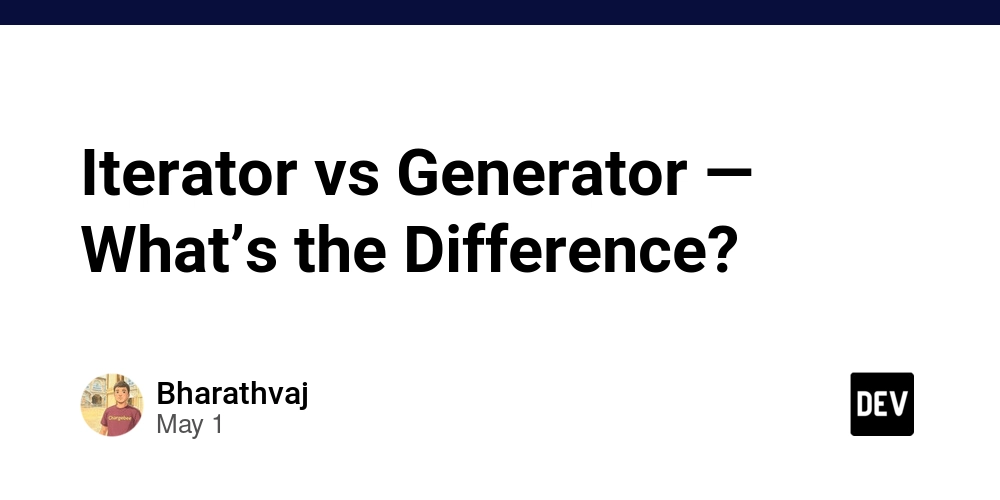Shallow Copy & Deep Copy in Python
Buy Me a Coffee☕ *My post explains variable assignment in Python. Normal Copy: *Memos: The reference of a list is stored in a variable. v1 and v2 have the same references of the same shallow list. v1 and v2 have the same references of the same deep list. #### Shallow list #### # ↓↓↓↓↓↓↓↓↓↓↓ ↓ v1 = ['a', 'b', ['c', 'd']] # Equivalent v2 = v1 # ↑↑↑↑↑↑↑↑↑↑ # v1 = v2 = ['a', 'b', ['c', 'd']] # Deep list print(v1, v2) # ['a', 'b', ['c', 'd']] ['a', 'b', ['c', 'd']] v2[1] = 'B' v2[2][0] = 'C' # ↓↓↓ ↓↓↓ ↓↓↓ ↓↓↓ print(v1, v2) # ['a', 'B', ['C', 'd']] ['a', 'B', ['C', 'd']] Shallow Copy *Memos: copy() can be used for shallow copy. v1 and v2 have the different references of the different shallow lists. v1 and v2 have the same references of the same deep list. v1 = ['a', 'b', ['c', 'd']] v2 = v1.copy() print(v1, v2) # ['a', 'b', ['c', 'd']] ['a', 'b', ['c', 'd']] v2[1] = 'B' v2[2][0] = 'C' # ↓↓↓ ↓↓↓ ↓↓↓ print(v1, v2) # ['a', 'b', ['C', 'd']] ['a', 'B', ['C', 'd']] *The below with copy() is equivalent to the above. from copy import copy v1 = ['a', 'b', ['c', 'd']] v2 = copy(v1) print(v1, v2) # ['a', 'b', ['c', 'd']] ['a', 'b', ['c', 'd']] v2[1] = 'B' v2[2][0] = 'C' # ↓↓↓ ↓↓↓ ↓↓↓ print(v1, v2) # ['a', 'b', ['C', 'd']] ['a', 'B', ['C', 'd']] *The below with list() is equivalent to the above. v1 = ['a', 'b', ['c', 'd']] v2 = list(v1) print(v1, v2) # ['a', 'b', ['c', 'd']] ['a', 'b', ['c', 'd']] v2[1] = 'B' v2[2][0] = 'C' # ↓↓↓ ↓↓↓ ↓↓↓ print(v1, v2) # ['a', 'b', ['C', 'd']] ['a', 'B', ['C', 'd']] Deep Copy *Memos: deepcopy() can be used for deep copy. v1 and v2 have the different references of the different shallow lists. v1 and v2 have the different references of the different deep lists. from copy import deepcopy v1 = ['a', 'b', ['c', 'd']] v2 = deepcopy(v1) print(v1, v2) # ['a', 'b', ['c', 'd']] ['a', 'b', ['c', 'd']] v2[1] = 'B' v2[2][0] = 'C' # ↓↓↓ ↓↓↓ print(v1, v2) # ['a', 'b', ['c', 'd']] ['a', 'B', ['C', 'd']] *The below with copy() is equivalent to the above. v1 = ['a', 'b', ['c', 'd']] v2 = v1.copy() v2[2] = v2[2].copy() print(v1, v2) # ['a', 'b', ['c', 'd']] ['a', 'b', ['c', 'd']] v2[1] = 'B' v2[2][0] = 'C' # ↓↓↓ ↓↓↓ print(v1, v2) # ['a', 'b', ['c', 'd']] ['a', 'B', ['C', 'd']] *The below with copy() is equivalent to the above. from copy import copy v1 = ['a', 'b', ['c', 'd']] v2 = copy(v1) v2[2] = copy(v2[2]) print(v1, v2) # ['a', 'b', ['c', 'd']] ['a', 'b', ['c', 'd']] v2[1] = 'B' v2[2][0] = 'C' # ↓↓↓ ↓↓↓ print(v1, v2) # ['a', 'b', ['c', 'd']] ['a', 'B', ['C', 'd']] *The below with list() is equivalent to the above. v1 = ['a', 'b', ['c', 'd']] v2 = list(v1) v2[2] = list(v2[2]) print(v1, v2) # ['a', 'b', ['c', 'd']] ['a', 'b', ['c', 'd']] v2[1] = 'B' v2[2][0] = 'C' # ↓↓↓ ↓↓↓ print(v1, v2) # ['a', 'b', ['c', 'd']] ['a', 'B', ['C', 'd']] *Additionally, the below is a 3D list. from copy import deepcopy v1 = ['a', 'b', ['c', ['d']]] v2 = deepcopy(v1) print(v1, v2) # ['a', 'b', ['c', ['d']]] ['a', 'b', ['c', ['d']]] v2[1] = 'B' v2[2][0] = 'C' v2[2][1][0] = 'D' # ↓↓↓ ↓↓↓ ↓↓↓ print(v1, v2) # ['a', 'b', ['c', ['d']]] ['a', 'B', ['C', ['D']]]

*My post explains variable assignment in Python.
Normal Copy:
*Memos:
- The reference of a list is stored in a variable.
-
v1andv2have the same references of the same shallow list. -
v1andv2have the same references of the same deep list.
#### Shallow list ####
# ↓↓↓↓↓↓↓↓↓↓↓ ↓
v1 = ['a', 'b', ['c', 'd']] # Equivalent
v2 = v1 # ↑↑↑↑↑↑↑↑↑↑ # v1 = v2 = ['a', 'b', ['c', 'd']]
# Deep list
print(v1, v2) # ['a', 'b', ['c', 'd']] ['a', 'b', ['c', 'd']]
v2[1] = 'B'
v2[2][0] = 'C'
# ↓↓↓ ↓↓↓ ↓↓↓ ↓↓↓
print(v1, v2) # ['a', 'B', ['C', 'd']] ['a', 'B', ['C', 'd']]
Shallow Copy
*Memos:
- copy() can be used for shallow copy.
-
v1andv2have the different references of the different shallow lists. -
v1andv2have the same references of the same deep list.
v1 = ['a', 'b', ['c', 'd']]
v2 = v1.copy()
print(v1, v2) # ['a', 'b', ['c', 'd']] ['a', 'b', ['c', 'd']]
v2[1] = 'B'
v2[2][0] = 'C'
# ↓↓↓ ↓↓↓ ↓↓↓
print(v1, v2) # ['a', 'b', ['C', 'd']] ['a', 'B', ['C', 'd']]
*The below with copy() is equivalent to the above.
from copy import copy
v1 = ['a', 'b', ['c', 'd']]
v2 = copy(v1)
print(v1, v2) # ['a', 'b', ['c', 'd']] ['a', 'b', ['c', 'd']]
v2[1] = 'B'
v2[2][0] = 'C'
# ↓↓↓ ↓↓↓ ↓↓↓
print(v1, v2) # ['a', 'b', ['C', 'd']] ['a', 'B', ['C', 'd']]
*The below with list() is equivalent to the above.
v1 = ['a', 'b', ['c', 'd']]
v2 = list(v1)
print(v1, v2) # ['a', 'b', ['c', 'd']] ['a', 'b', ['c', 'd']]
v2[1] = 'B'
v2[2][0] = 'C'
# ↓↓↓ ↓↓↓ ↓↓↓
print(v1, v2) # ['a', 'b', ['C', 'd']] ['a', 'B', ['C', 'd']]
Deep Copy
*Memos:
- deepcopy() can be used for deep copy.
-
v1andv2have the different references of the different shallow lists. -
v1andv2have the different references of the different deep lists.
from copy import deepcopy
v1 = ['a', 'b', ['c', 'd']]
v2 = deepcopy(v1)
print(v1, v2) # ['a', 'b', ['c', 'd']] ['a', 'b', ['c', 'd']]
v2[1] = 'B'
v2[2][0] = 'C'
# ↓↓↓ ↓↓↓
print(v1, v2) # ['a', 'b', ['c', 'd']] ['a', 'B', ['C', 'd']]
*The below with copy() is equivalent to the above.
v1 = ['a', 'b', ['c', 'd']]
v2 = v1.copy()
v2[2] = v2[2].copy()
print(v1, v2) # ['a', 'b', ['c', 'd']] ['a', 'b', ['c', 'd']]
v2[1] = 'B'
v2[2][0] = 'C'
# ↓↓↓ ↓↓↓
print(v1, v2) # ['a', 'b', ['c', 'd']] ['a', 'B', ['C', 'd']]
*The below with copy() is equivalent to the above.
from copy import copy
v1 = ['a', 'b', ['c', 'd']]
v2 = copy(v1)
v2[2] = copy(v2[2])
print(v1, v2) # ['a', 'b', ['c', 'd']] ['a', 'b', ['c', 'd']]
v2[1] = 'B'
v2[2][0] = 'C'
# ↓↓↓ ↓↓↓
print(v1, v2) # ['a', 'b', ['c', 'd']] ['a', 'B', ['C', 'd']]
*The below with list() is equivalent to the above.
v1 = ['a', 'b', ['c', 'd']]
v2 = list(v1)
v2[2] = list(v2[2])
print(v1, v2) # ['a', 'b', ['c', 'd']] ['a', 'b', ['c', 'd']]
v2[1] = 'B'
v2[2][0] = 'C'
# ↓↓↓ ↓↓↓
print(v1, v2) # ['a', 'b', ['c', 'd']] ['a', 'B', ['C', 'd']]
*Additionally, the below is a 3D list.
from copy import deepcopy
v1 = ['a', 'b', ['c', ['d']]]
v2 = deepcopy(v1)
print(v1, v2) # ['a', 'b', ['c', ['d']]] ['a', 'b', ['c', ['d']]]
v2[1] = 'B'
v2[2][0] = 'C'
v2[2][1][0] = 'D'
# ↓↓↓ ↓↓↓ ↓↓↓
print(v1, v2) # ['a', 'b', ['c', ['d']]] ['a', 'B', ['C', ['D']]]






































































































































































![[The AI Show Episode 146]: Rise of “AI-First” Companies, AI Job Disruption, GPT-4o Update Gets Rolled Back, How Big Consulting Firms Use AI, and Meta AI App](https://www.marketingaiinstitute.com/hubfs/ep%20146%20cover.png)













































































































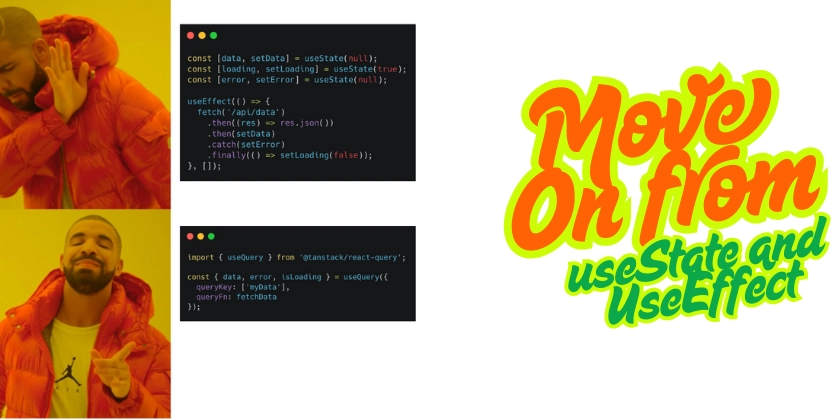



































































.jpg?width=1920&height=1920&fit=bounds&quality=70&format=jpg&auto=webp#)






















































































_Alexey_Kotelnikov_Alamy.jpg?width=1280&auto=webp&quality=80&disable=upscale#)
_Brian_Jackson_Alamy.jpg?width=1280&auto=webp&quality=80&disable=upscale#)



 Stolen 884,000 Credit Card Details on 13 Million Clicks from Users Worldwide.webp?#)




































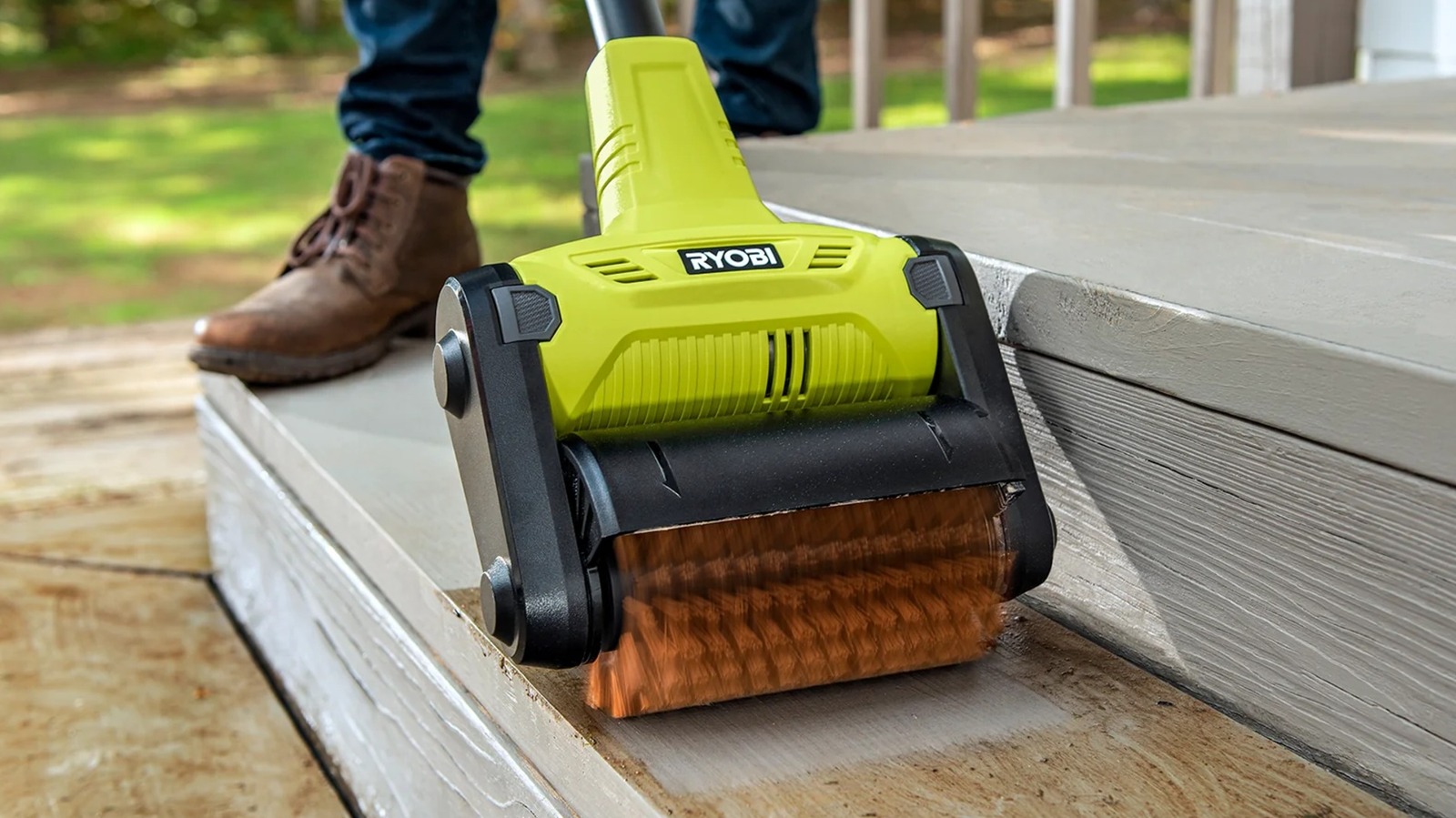







































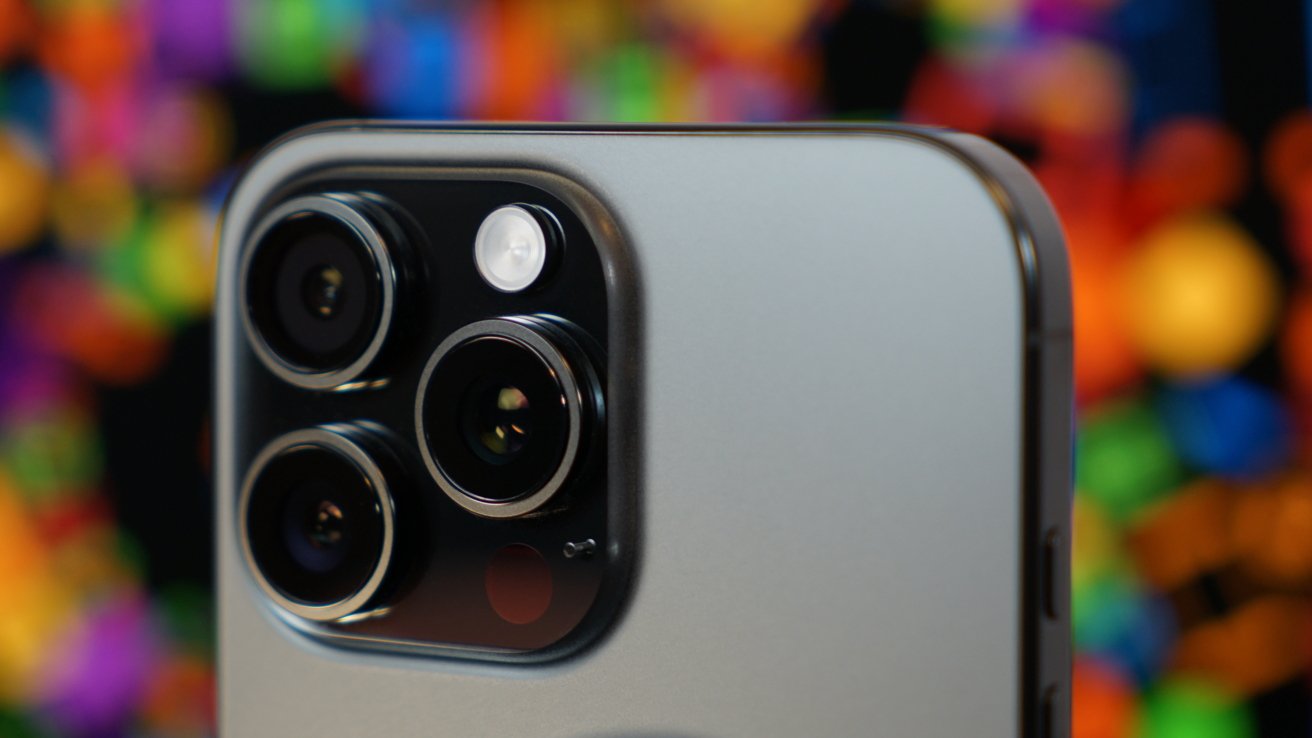


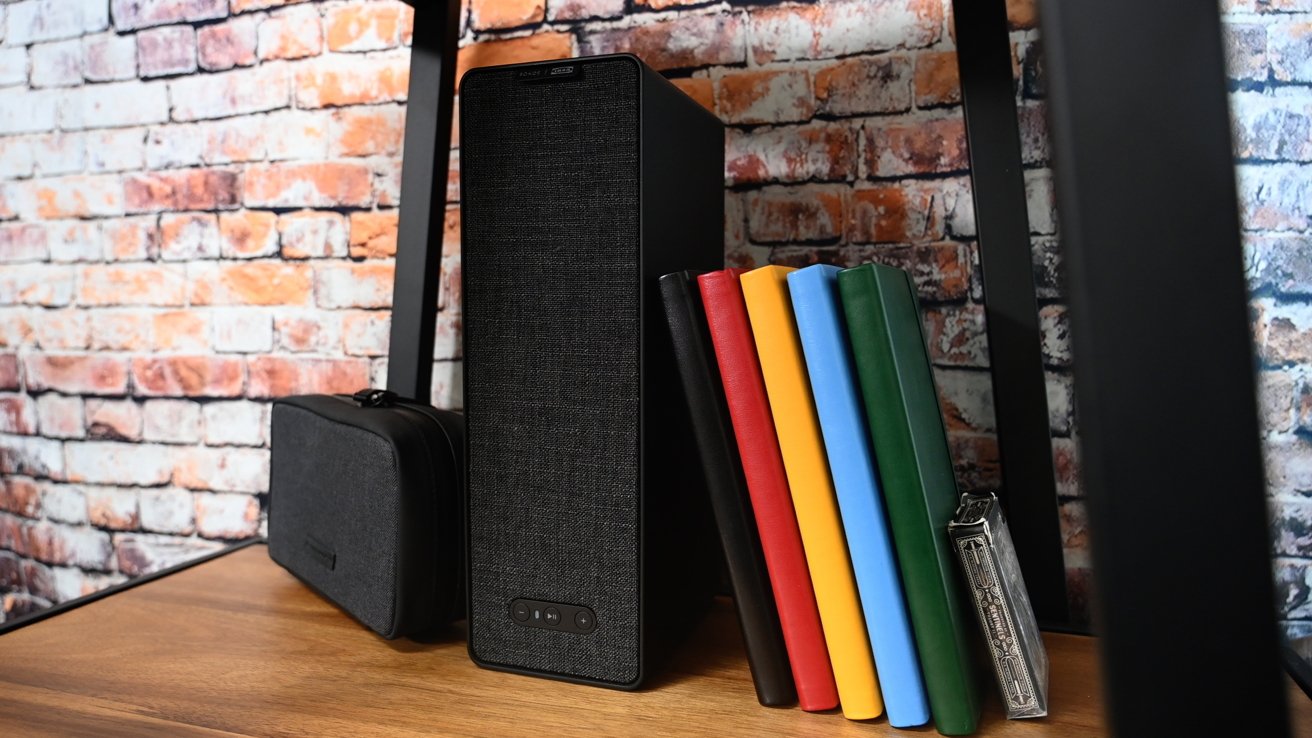












![Roku clarifies how ‘Pause Ads’ work amid issues with some HDR content [U]](https://i0.wp.com/9to5google.com/wp-content/uploads/sites/4/2025/05/roku-pause-ad-1.jpg?resize=1200%2C628&quality=82&strip=all&ssl=1)











![Apple Seeds visionOS 2.5 RC to Developers [Download]](https://www.iclarified.com/images/news/97240/97240/97240-640.jpg)
![Apple Seeds tvOS 18.5 RC to Developers [Download]](https://www.iclarified.com/images/news/97243/97243/97243-640.jpg)



































































































